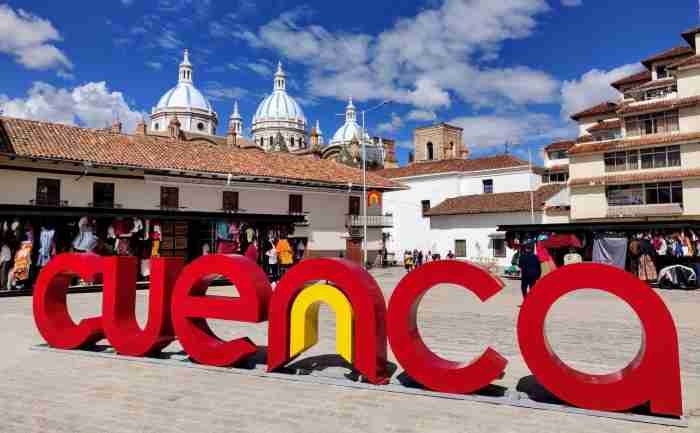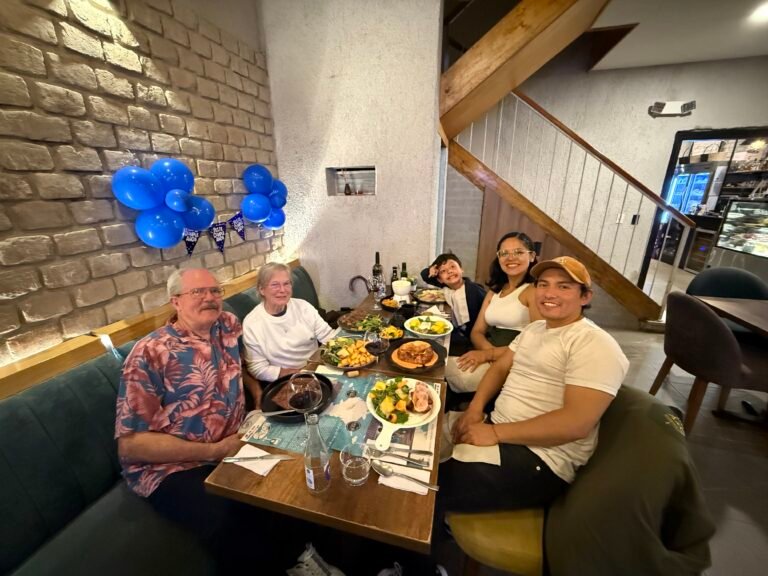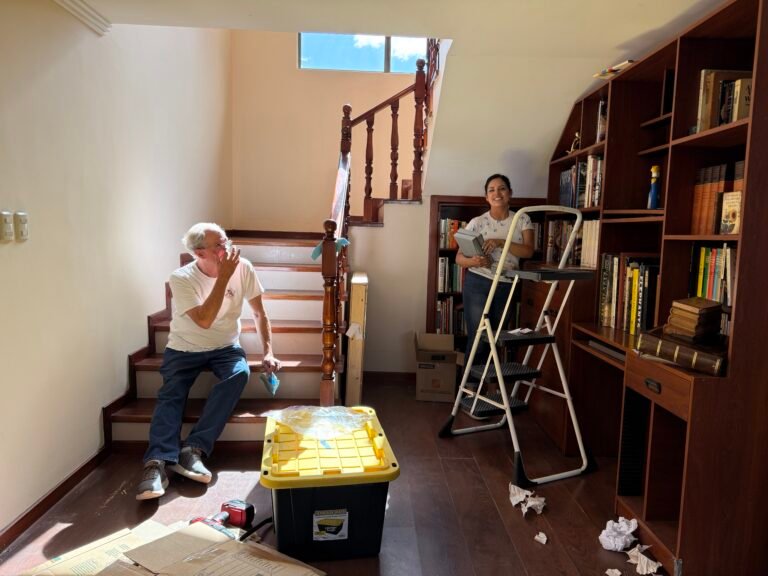Officially founded on April 12, 1557, Cuenca rose from the ancient Cañari city of Guapondelig, a name that means “a plain as vast as the sky.” Later, the Incas arrived with their stonework, road networks, and empire flair, and renamed it Tomebamba, a city so grand it was once called the “second Cuzco.”
When the Spaniards arrived, they looked around at the rivers, mountains, and rolling hills and said, “Hey, this looks just like Cuenca in Spain.” And so the name stuck — although this Cuenca comes with a high-altitude twist and a heart rooted in the Andes.
For centuries, Cuenca grew at a peaceful pace, lined with churches, cobbled streets, and guitar songs echoing through the alleys. But don’t let the old-world charm fool you — this city knows how to mix tradition with modern life. On any given day, you’ll find nuns on smartphones, grandpas sipping canelazo, and teens filming TikToks in front of centuries-old cathedrals.
Today, Cuenca is a UNESCO World Heritage Site and a favorite destination for travelers and expats alike. But beyond the titles, what really makes Cuenca special is its soul: its people, its colorful markets, its art, its trams, its November fiestas (that somehow last for three weeks), and the comforting smell of freshly baked bread drifting through the streets.
Reina hermosa de fuentes y flores (beautiful queen of fountains and flowers)
Cuenca anthem
Did You Know?
- In Cuenca, it can rain, shine, and rain again all in the same hour. Free weather show included!
- The world-famous Panama Hat isn’t from Panama — it was born right here in Cuenca (you’re welcome, world).
- Cuenca is one of the most walkable cities in Ecuador — just watch your ankles on the cobblestones if you’re wearing sandals.


